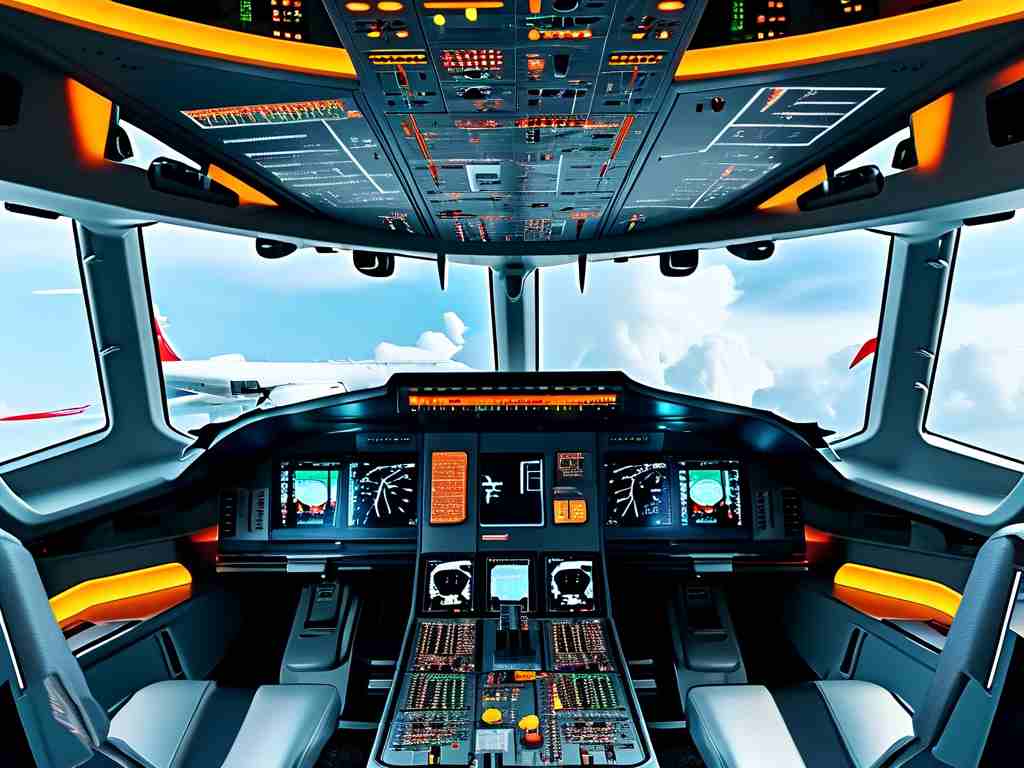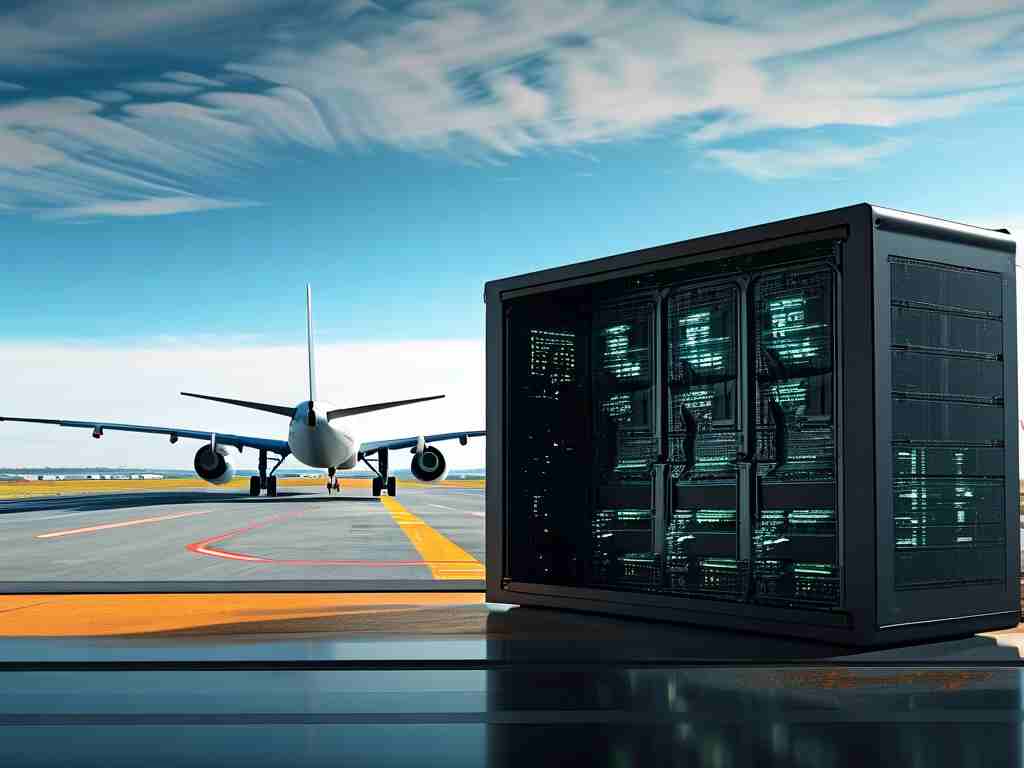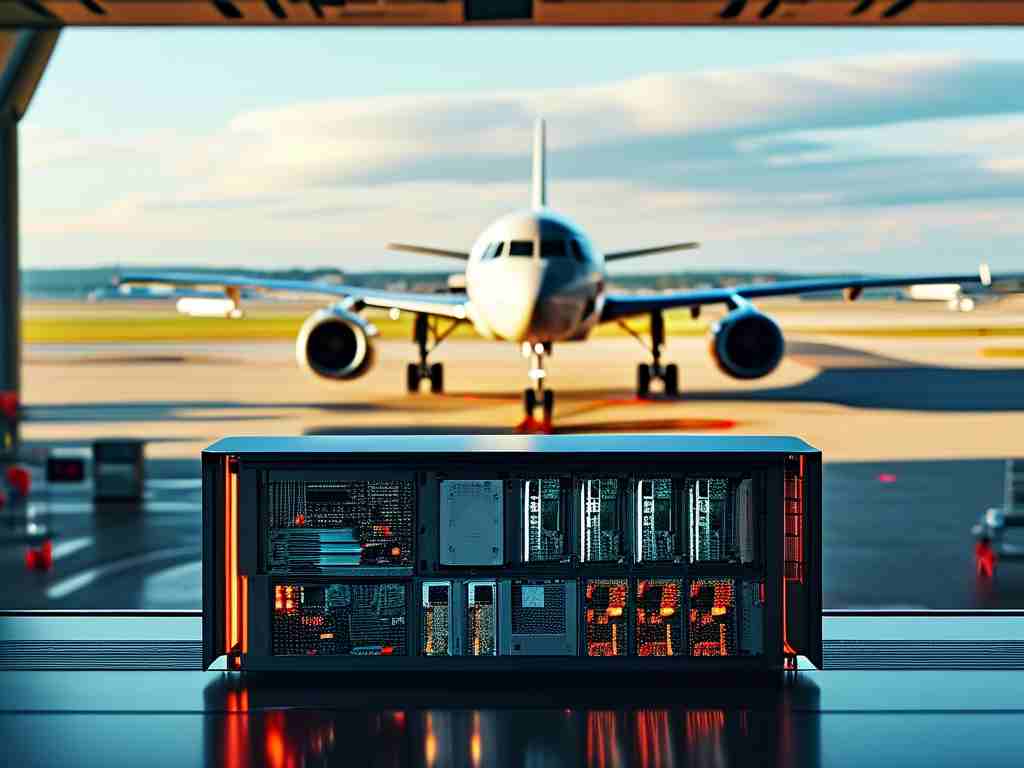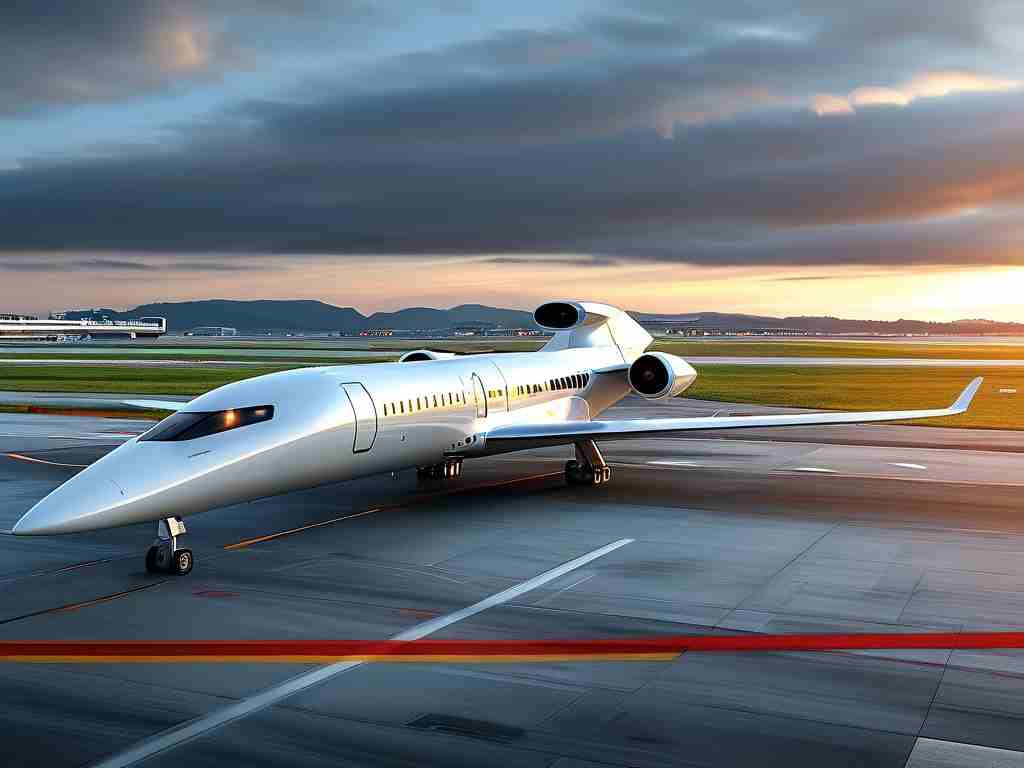When you board a modern aircraft, you’re stepping into a machine powered by some of the most advanced computing systems ever designed. Among the critical components of these systems is the computer memory, which handles everything from navigation to engine performance. But just how much memory do these airborne computers actually use? Let’s explore the technical landscape of aviation computing and uncover the role memory plays in keeping flights safe and efficient.

The Backbone of Aviation: Flight Control Computers
At the heart of every aircraft lies the Flight Control Computer (FCC), a specialized system responsible for managing flight surfaces, autopilot functions, and real-time data processing. These computers rely on robust memory configurations to handle complex algorithms. For instance, the FCC in a Boeing 787 Dreamliner uses approximately 16–32 gigabytes (GB) of RAM, paired with solid-state drives (SSDs) ranging from 512 GB to 1 terabyte (TB). This memory allocation supports tasks like trajectory calculations, weather analysis, and communication with ground systems.
Unlike consumer electronics, aviation memory isn’t just about capacity—it’s about reliability and speed. Data must be processed in microseconds to ensure timely adjustments during flight. For example, when turbulence strikes, the FCC analyzes sensor data from wings and engines to stabilize the aircraft, a process requiring rapid access to stored operational parameters.
Avionics Systems: More Than Just Navigation
Beyond flight control, modern planes depend on Integrated Modular Avionics (IMA), a networked system that consolidates functions like radar, communication, and diagnostics. The Honeywell Primus Epic system, used in many commercial jets, operates on multi-core processors with 8–16 GB of RAM per module. These modules share data across a high-speed network, reducing redundancy while maintaining fault tolerance.
Memory in avionics isn’t limited to volatile storage. Non-volatile memory (NVM), such as flash storage, retains critical data even during power loss. For instance, black boxes—formally known as Flight Data Recorders (FDRs)—use hardened SSDs with capacities up to 4 TB to store thousands of flight parameters over 25 hours. This data is essential for post-incident analysis and safety improvements.
Case Study: Military vs. Civilian Aircraft
Military aircraft, such as the F-35 Lightning II, push memory requirements even further. Their mission systems process data from radar, targeting sensors, and encrypted communications—all while evading threats. The F-35’s onboard computers utilize 64 GB of RAM and 2 TB of storage to manage real-time sensor fusion, a feature that combines inputs from multiple sources into a single tactical display.
In contrast, civilian aircraft prioritize stability over raw power. For example, the Airbus A350’s avionics suite uses 32 GB of RAM split across redundant systems. This design ensures that even if one module fails, backups can seamlessly take over without disrupting flight operations.
The Role of Redundancy and Certification
Aviation memory systems are built with multiple layers of redundancy. For example, the Boeing 777’s triple-redundant FCCs each contain independent memory banks. If one computer fails, the others cross-check data and continue operations. This approach minimizes the risk of single-point failures, a non-negotiable requirement in aviation safety.
Certification standards also dictate memory specifications. Regulatory bodies like the Federal Aviation Administration (FAA) and European Union Aviation Safety Agency (EASA) require rigorous testing for memory components, including exposure to extreme temperatures, vibrations, and electromagnetic interference. A single memory chip must withstand conditions that would cripple consumer-grade hardware.
Future Trends: AI and Edge Computing
As aviation embraces artificial intelligence (AI) and edge computing, memory demands are set to skyrocket. AI-powered predictive maintenance, for instance, analyzes terabytes of historical data to forecast component failures. Similarly, edge computing processes data locally (e.g., on the aircraft) rather than relying on cloud servers, reducing latency but requiring high-capacity, low-latency memory.
Companies like Collins Aerospace are experimenting with neuromorphic computing, which mimics the human brain’s neural networks. These systems could eventually replace traditional von Neumann architectures, offering faster processing with lower power consumption—but they’ll need entirely new memory frameworks to function.
: Memory as the Unsung Hero
While passengers rarely think about the gigabytes humming inside an aircraft’s computers, these systems are the unsung heroes of modern aviation. From ensuring smooth takeoffs to enabling life-saving redundancies, memory capacity and reliability remain central to flight safety. As technology evolves, so too will the memory solutions that keep us soaring through the skies—quietly, efficiently, and securely.









